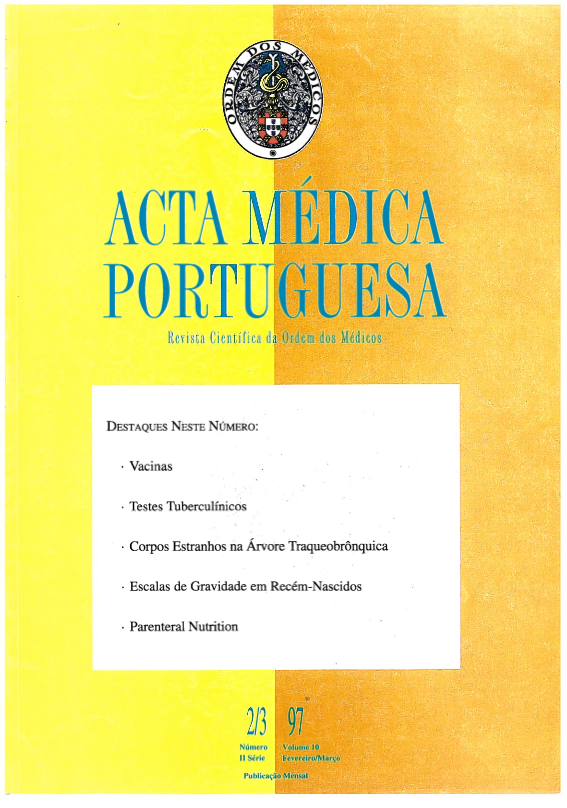Principles and practice of parenteral nutrition in the neonatal period.
DOI:
https://doi.org/10.20344/amp.2406Abstract
In extremely preterm or critically ill infants, the parenteral route for maintaining nutritional integrity has to be relied upon before successful transition to the enteral route of feeding is achieved. Parenteral nutrition is now a fundamental part of neonatal intensive care. Fluid intake volumes vary from 60-150 ml/kg/d, depending on maturity of the infant and environmental conditions influencing insensible water loss from the skin. Parenteral nitrogen requirements are 30-35 mmol/kg/d, equivalent to 3.0-3.5 mg/kg/d of amino acids. Hyperglycaemia during parenteral nutrition can be minimised by starting glucose infusion at a rate of 6-8 g/kg/d with progressive increase to 18-20 g/kg/d by 2-3 weeks after birth. Parenteral fat is introduced at 1 g/kg/d, gradually increasing to 3 g/kg/d, given as a continuous infusion. An energy intake of 50 kcal/kg/d is adequate to match ongoing expenditure but an additional energy intake of 70 kcal/kg/d is required to achieve optimal growth. Minerals and trace elements delivered with parenteral nutrition are calculated to meet in-utero accretion rates. Multivitamins available for parenteral use should also be included. Improved techniques for the preparation, administration and monitoring of parenteral nutrition have helped minimise catheter-related and metabolic complications. In neonatal intensive care units where appropriate medical, nursing, pharmacy and laboratory expertise are available, the potential benefits of parenteral nutrition outweigh its hazards. Nevertheless, early initiation of enteral feeding in small subnutritional quantities to supplement parenteral nutrition is of major importance to enhance the growth and development of the gastrointestinal tract.Downloads
Downloads
How to Cite
Issue
Section
License
All the articles published in the AMP are open access and comply with the requirements of funding agencies or academic institutions. The AMP is governed by the terms of the Creative Commons ‘Attribution – Non-Commercial Use - (CC-BY-NC)’ license, regarding the use by third parties.
It is the author’s responsibility to obtain approval for the reproduction of figures, tables, etc. from other publications.
Upon acceptance of an article for publication, the authors will be asked to complete the ICMJE “Copyright Liability and Copyright Sharing Statement “(http://www.actamedicaportuguesa.com/info/AMP-NormasPublicacao.pdf) and the “Declaration of Potential Conflicts of Interest” (http:// www.icmje.org/conflicts-of-interest). An e-mail will be sent to the corresponding author to acknowledge receipt of the manuscript.
After publication, the authors are authorised to make their articles available in repositories of their institutions of origin, as long as they always mention where they were published and according to the Creative Commons license.









